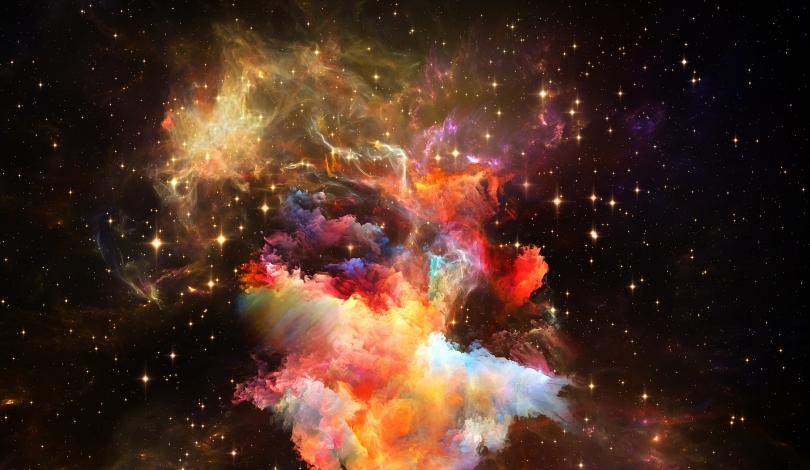A new super star cluster has been identified in the Large Magellanic Cloud (LMC) using the James Webb Space Telescope (JWST). This cluster, named H72.97-69.39, is remarkably young at just 100,000 years old. The discovery offers astronomers a rare glimpse into the early stages of star cluster formation, providing valuable data on the processes that shape such massive structures.
Studies show that super star clusters (SSCs) were once common in the universe but have become rare in recent epochs. Existing SSCs in the Milky Way and the LMC are several million years old, making the newly discovered cluster significantly younger. This finding marks a notable addition to the limited number of known SSCs in our vicinity.
How Did JWST Enable This Discovery?
The JWST utilized its Mid-Infrared Instrument (MIRI) to observe the N79 region within the LMC, a vast star-forming nebula. By detecting 97 new young stellar objects (YSOs), the telescope was able to identify the nascent SSC H72.97-69.39. The clarity and resolution of JWST’s instruments were crucial in distinguishing individual protostars within the cluster.
What Are the Characteristics of the New Star Cluster?
H72.97-69.39 exhibits a unique distribution of stellar masses, with more massive YSOs concentrated at its core and less massive ones on its outskirts. Observations revealed that many YSOs previously thought to be single massive stars are actually small clusters of protostars. This structure provides insights into the mass segregation and formation dynamics within SSCs.
Why Is This Discovery Important for Astronomy?
Understanding SSC formation helps scientists comprehend the evolution of galaxies and the universe.
“Studying YSOs in the LMC gives astronomers a front-row seat to witness the birth of stars in a nearby galaxy. For the first time, we can observe individual low-mass protostars similar to the Sun forming in small clusters—outside of our own Milky Way Galaxy,”
explained Omnarayani (Isha) Nayak, lead author of the study.
Research published in The Astrophysical Journal highlights that the LMC’s metallicity is half that of our Solar System, making the conditions in H72.97-69.39 comparable to those in the early universe. Previous observations with the Atacama Large Millimeter/submillimeter Array (ALMA) indicated the presence of colliding molecular gas filaments, which may have triggered the cluster’s formation. JWST’s detailed imagery complements these findings by providing a comprehensive view of the region’s chemical and structural properties.
The JWST’s ability to resolve intricate details in star-forming regions outside our galaxy opens new avenues for research. By analyzing mass accretion rates and the chemical composition of YSOs, astronomers can better understand the mechanisms driving star and cluster formation. This knowledge is essential for building accurate models of stellar evolution and galactic development.
The discovery of H72.97-69.39 not only adds to the catalog of known SSCs but also enhances our understanding of the lifecycle of star clusters. Future observations with JWST and other advanced telescopes will likely uncover more such clusters, further elucidating the processes that have shaped the cosmos over billions of years.










